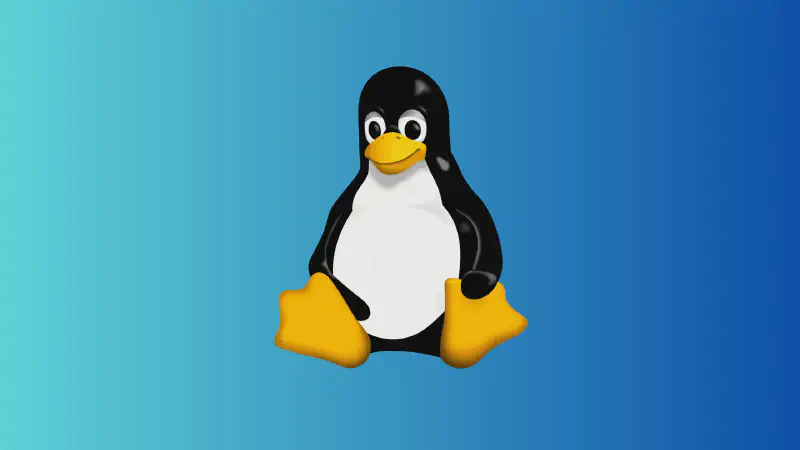# Introduction
The Linux kernel is not just the backbone of a Linux operating system (OS) - it’s the core component that bridges the gap between a computer’s hardware and its processes. Serving as the primary interface for hardware interaction, the Linux kernel is vital for the smooth operation of any Linux-based system. This blog post will explore the various roles and functions of the Linux kernel, providing insights into its critical importance.
# Kernel Responsibilities
# Memory Management
- The kernel keeps a meticulous track of memory usage, ensuring efficient allocation and management.
# Process Management
- It controls process scheduling, deciding which processes use the CPU, their timing, and duration.
# Device Drivers
- The kernel includes drivers that facilitate communication and interaction with hardware.
# System Calls and Security
- It manages system calls, which are requests from applications for services, and oversees system security.
# Kernel Space vs. User Space
# Kernel Space
- The kernel operates in a distinct area called kernel space, isolated from user applications.
# User Space
- User applications, such as web browsers and file managers, run in user space.
- These applications interact with the kernel through a system call interface.
# Kernel Mode vs. User Mode
# Kernel Mode
- In kernel mode, code has unrestricted access to the hardware.
# User Mode
- User mode limits access to the hardware, operating within a restricted memory area.
- The separation between kernel space and user space enhances system security and stability.
# Conclusion
The Linux kernel is an invisible yet powerful force within a Linux OS. It manages and organizes major functions behind the scenes, much like a personal assistant to the hardware. By controlling critical aspects like memory, process scheduling, and device interactions, the kernel ensures that applications run seamlessly. Understanding the kernel’s role provides valuable insight into the inner workings of Linux, underlining its significance in the broader computing landscape. 🐧🔧
